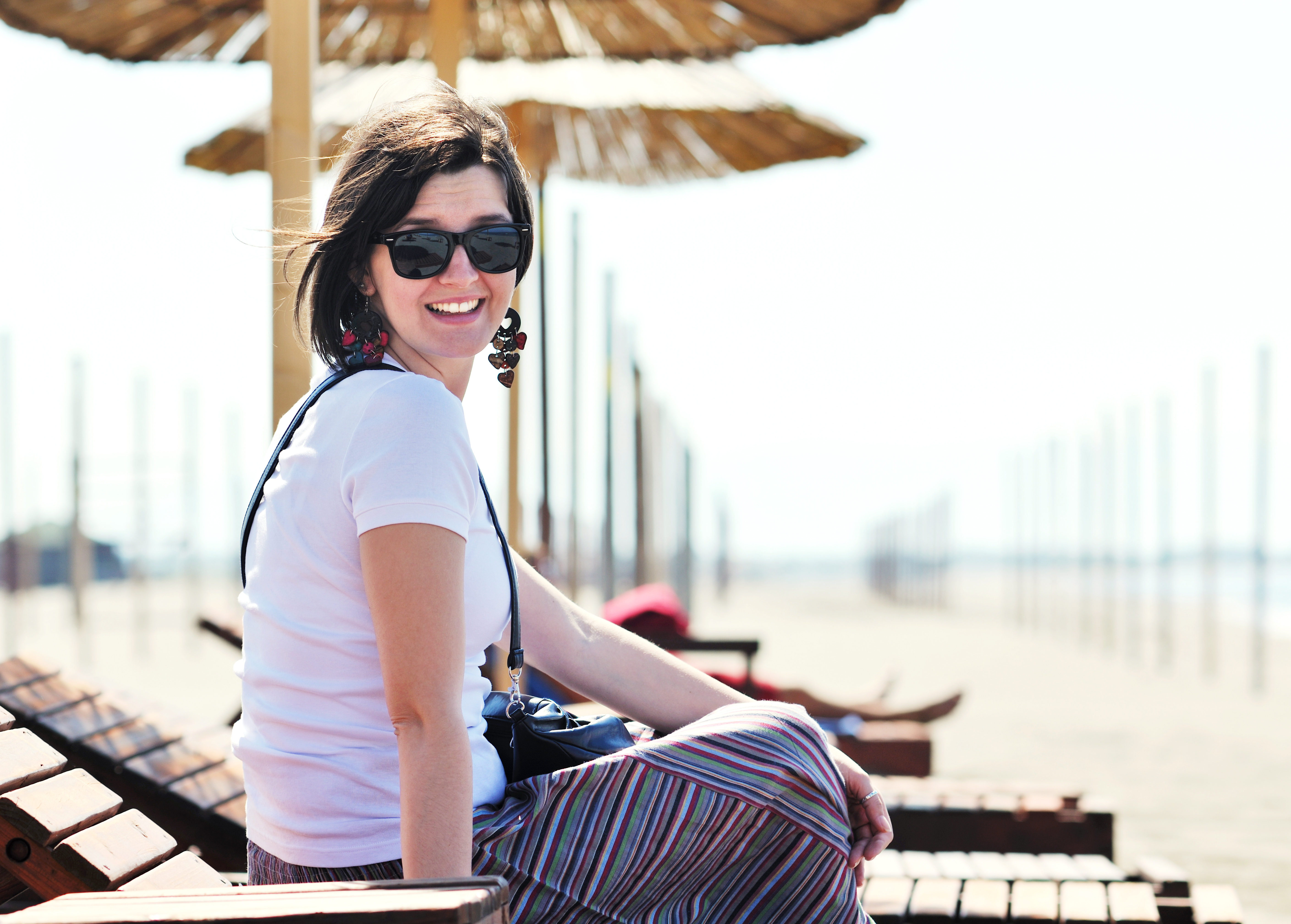Reduce Stress Through… Tension?
Well, kind of. The practice of progressive muscle relaxation gives you a way to relieve stress and calm both your body and mind, by carefully isolating each part of your body. For that one part (say, your right foot) you will first tense the muscles, then release them.
This helps give you back control over your body’s reaction to stress so that situations that would have previously left you a tense ball of nerves, won’t have nearly the same impact on your body or mind.
First we’ll learn how progressive muscle relaxation works, then a few tips and tricks to get you started on the right foot.
Begin by sitting comfortably in a chair; take off your shoes and loosen any tight clothing. Close your eyes and take three deep breaths, exhaling slowly. On each exhale, say the word “relax” silently. Or you may select a word that produces more comfort for you, such as “loosen,” “quiet,” “peace,” or “calm.”
First, you will tense and relax each muscle group once (Stage 1). During each relaxation phase, you will repeat the word “relax” (or your selected word) with every exhale.
Next you will follow in your mind a visual image of the sun warming and loosening all the muscles of your body (Stage 2). You needn’t feel frustrated if you don’t actually “see” the sun in your mind’s eye, or “feel” the sensations of loosening or warming. It is essential, however, that you maintain your attention on each muscle group as it is mentioned and imagine the possibility of warmth and loosening of the muscles. You may be surprised at your growing ability over time if you don’t try too hard. Just open your mind to the possibility of change.
During the last few minutes of the exercise you will be asked to “go to your safe place” in your mind’s eye (Stage 3). Take a moment now to picture a scene that symbolizes comfort, relaxation, safety, warmth, and the absence of outside pressures. You might imagine yourself in some location where you were relaxed in the past: a vacation spot, fishing, sitting on a mountain top, floating on a raft, soaking peacefully in the bath, or lying on a chaise lounge in the back yard. Or you could choose to create an image of your ideal vacation dream (like your own private South Seas island) or fantasy (such as floating on a cloud).
Regardless of the image you choose, spend a few minutes developing all your senses within that scene. Look around you in your mind’s eye to see the colors and patterns of the scene. Hear any sounds appropriate to the environment: perhaps birds singing, wind blowing, ocean waves crashing on the shore. You may even develop an aroma, such as honeysuckle or flowers, perhaps the salt air or the fresh odor after a rain shower. Enjoy all your senses in an easy, effortless manner. This is the kind of image you can use for your “safe place.”
At the end of the exercise, open your eyes, stretch your body, and slowly rise from the chair.
– via www.anxieties.com
Get The Most Out Of Your Relaxation
Ready for some expert tips? Keep these things in mind when you’re starting and perfecting your progressive muscle relaxation practice so you can avoid any pitfalls and keep yourself on the right track.
And remember that it truly is a “practice” so give yourself some grace when it comes to learning what works or doesn’t work for your own unique situation and body.
Suggestions for Practice
It is recommended that you practice full PMR twice a day for about a week before moving on to the shortened form (below). Of course, the time needed to master the full PMR procedure varies from person to person.
Here are some suggestions for practice:
• Always practice full PMR in a quiet place, alone, with no electronic distractions, not even background music.•Remove your shoes and wear loose clothing.
•Avoid eating, smoking, or drinking. It’s best to practice before meals rather than after, for the sake of your digestive processes.
•Never practice after using any intoxicants.
•Sit in a comfortable chair if possible. You may practice lying down, but this increases the likelihood of falling asleep.
•If you fall asleep, give yourself credit for the work you did up to the point of sleep.
•If you practice in bed at night, plan on falling asleep before you complete your cycle. Therefore, consider a practice session at night, in bed, to be in addition to your basic practice.
•When you finish a session, relax with your eyes closed for a few seconds, and then get up slowly. (Orthostatic hypotension—a sudden drop in blood pressure due to standing up quickly—can cause you to faint.) Some people like to count backwards from 5 to 1, timed to slow, deep breathing, and then say, “Eyes open. Supremely calm. Fully alert.”
Muscle Groups
You will be working with most all the major muscle groups in your body, but for convenience you will make a systematic progression from your feet upwards. Here is the most popular recommended sequence:
•Right foot
•Right lower leg and foot
•Entire right leg
•Left foot
•Left lower leg and foot
•Entire left leg
•Right hand
•Right forearm and hand
•Entire right arm
•Left hand
•Left forearm and hand
•Entire left arm
•Abdomen
•Chest
•Neck and shoulders
•Face
Have you tried progressive muscle relaxation before? Do you think this could be a useful addition to your day?
